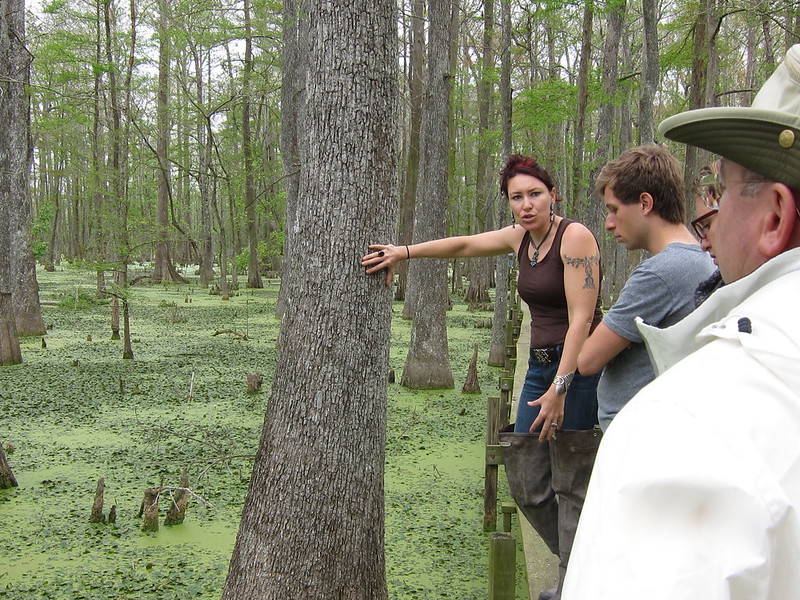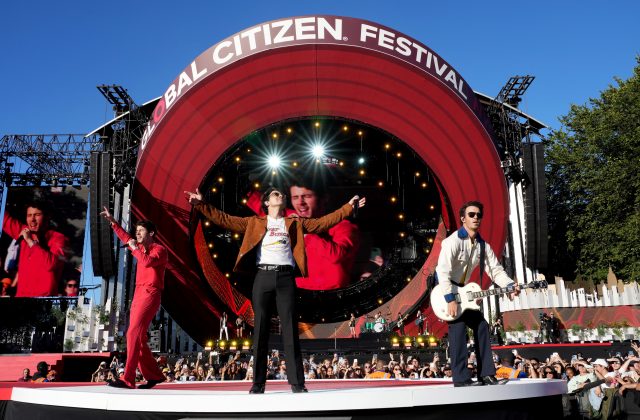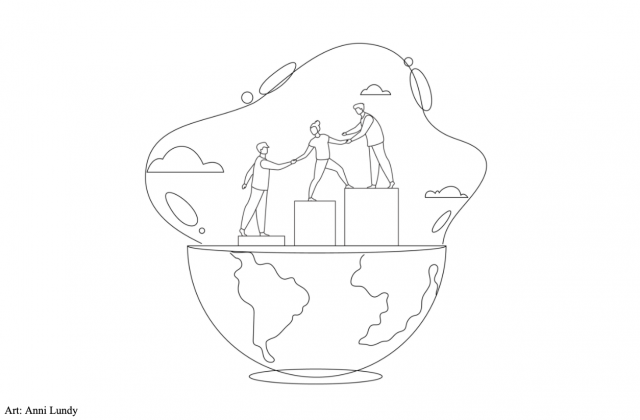
JEFF SUPAK | AUGUST 24, 2015
In 2010, the state of Louisiana’s Office of Community Development funded Global Green USA to explore ways that wetlands owners can take action in restoring their wetlands.
Incredibly, over 80% of wetlands in Louisiana are privately owned! Global Green USA worked to create a resource guide for restoration programs offered by state and local governments and philanthropic organizations that wetlands owners could take advantage of to keep their wetlands intact and healthy. By attending meetings and community gatherings in the coastal parishes, Global Green spread the resource guide with wetland owners.
One tool that was innovative and deserved more attention was the use of blue carbon for restoration financing. Wetland restoration is costly but wetlands do an excellent job at sequestering carbon. In fact, wetlands can sequester up to 50 times more carbon than traditional forests. By connecting the wetlands high carbon sequestration rates to the carbon market, Global Green saw an opportunity to create a new mechanism for restoration financing.

Through the Louisiana Wetlands Action Program, Global Green signed up wetland owners who were interested in exploring blue carbon financing on their landholdings. We created a portfolio of landowners totaling up to 200,000 acres of wetlands.
In 2013, Global Green took the next step towards developing a feasibility analysis for blue carbon in Louisiana’s Wetlands with the help from the Coypu Foundation. We partnered with a wetland owner and with Louisiana State University (LSU) professors Dr. Victor Monroy, Dr. Robert Twilley and graduate assistant Asher Williams to capture carbon sequestration rates that are currently occurring in both mangrove wetlands and traditional marsh wetlands in Lafourche Parish.




